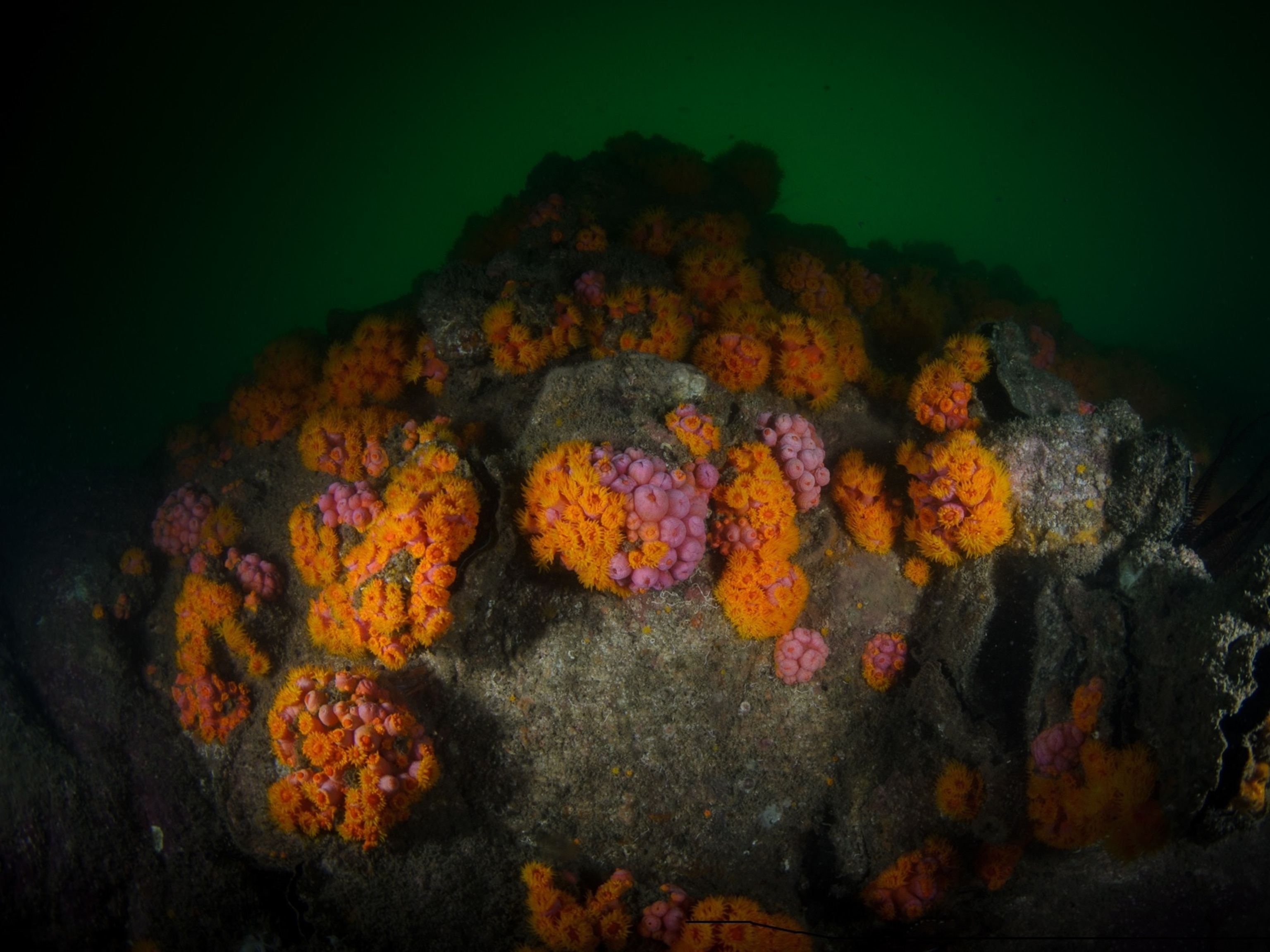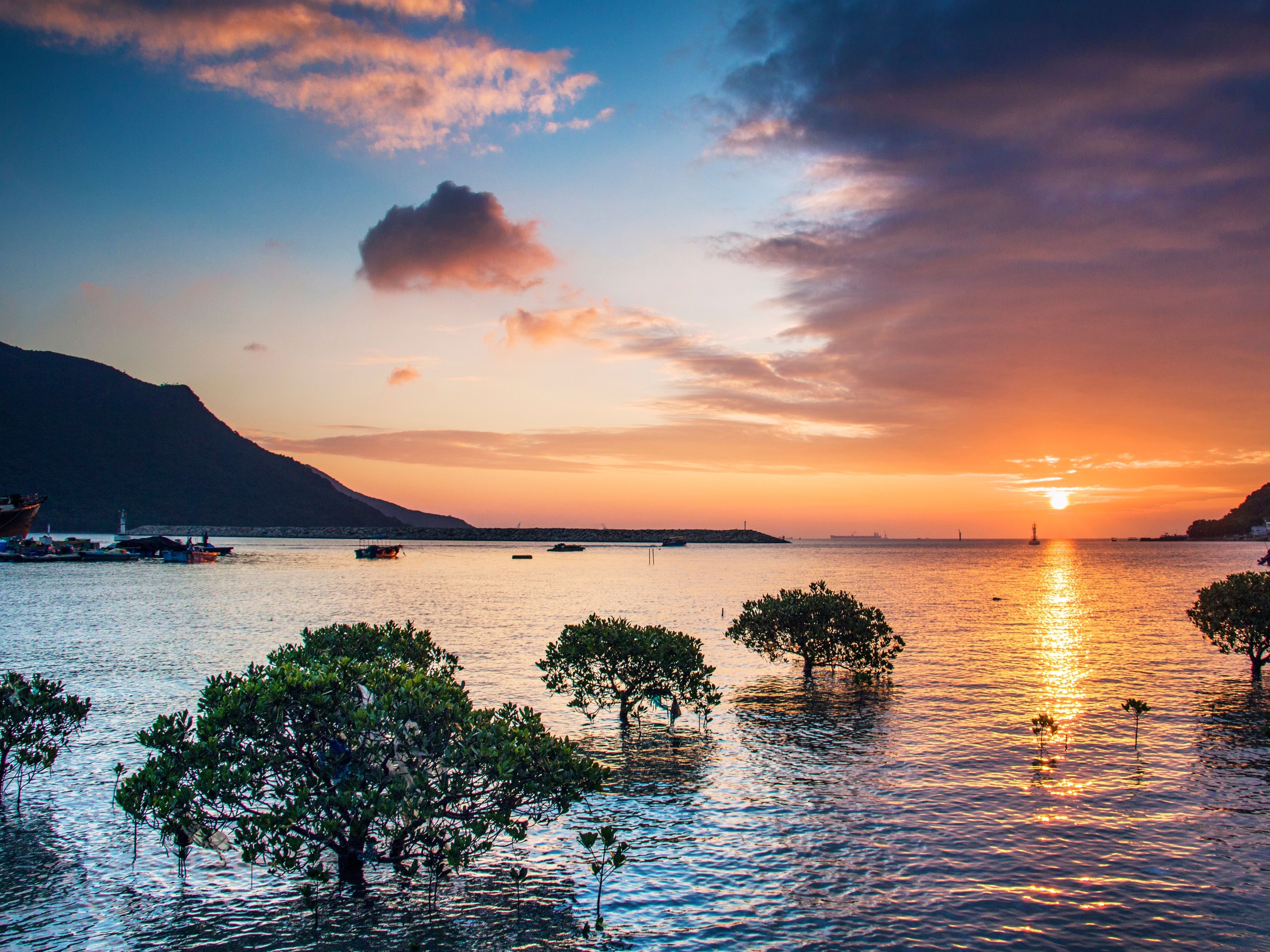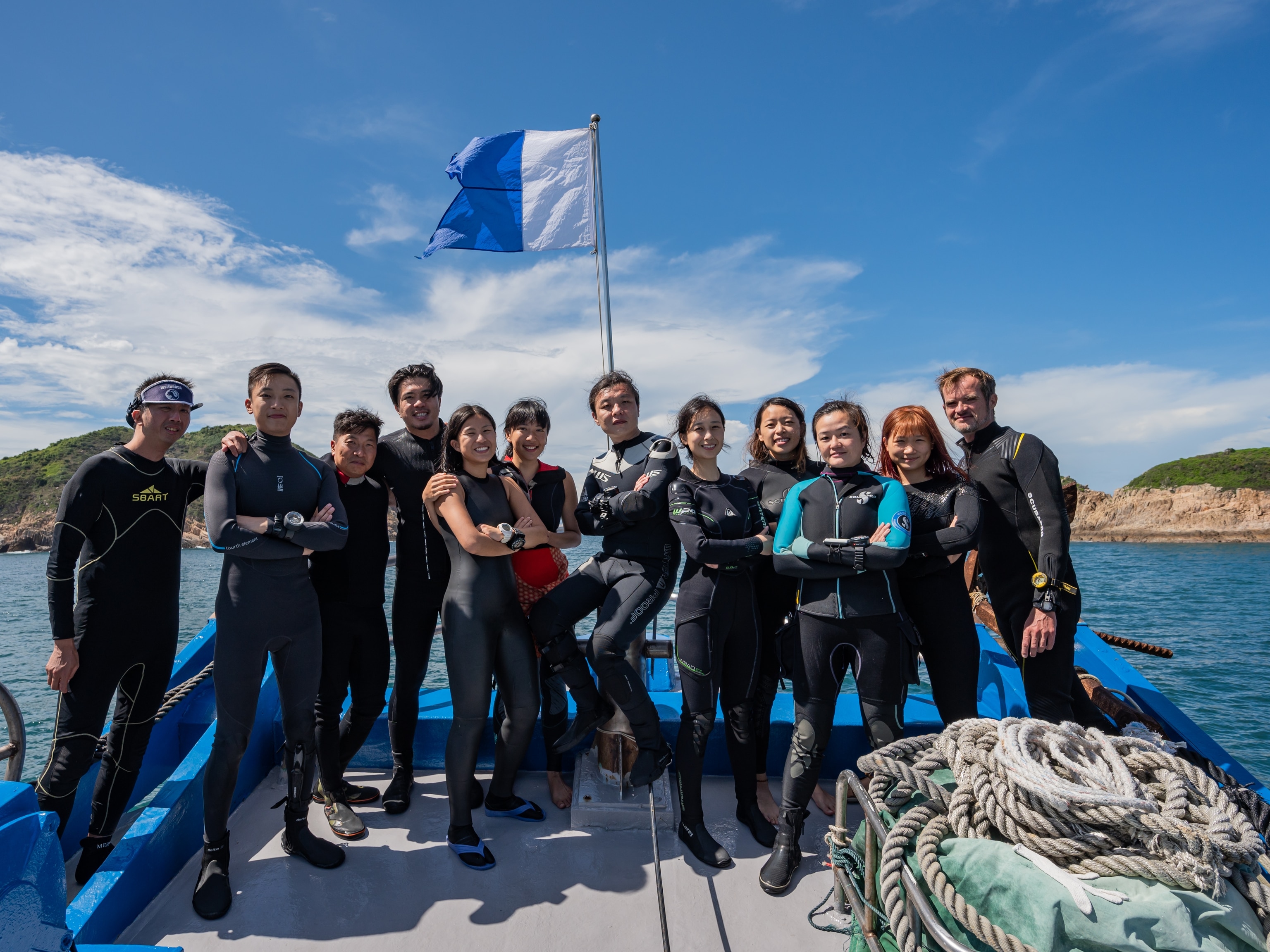
Hong Kong’s oceans: amazing but threatened
Hong Kong’s soul was shaped by the sea – now it’s our turn to take care of it.
Stacks of towering buildings. Chaotic street markets. Taxis, trains, and double-decker buses carrying millions of rushing residents. These are the scenes that come to mind when most think of Hong Kong. But these images are also just as authentically Hong Kong: A sampan chugging its way across a harbour. The steady, low beat of a drum as dragon boaters slice their blades through the water in unison. Waves crashing on a white sand beach on one of the city’s 263 islands.
Hong Kong – Cantonese for “Fragrant Harbour” – was but a small fishing settlement when British merchants arrived two centuries ago, and realised its potential as a port. The harbour, later named after Queen Victoria, had both east and west entrances, and was perfectly located on major trading routes. Soon, the city was a thriving centre of commerce and its population grew to 1.4 million by the Second World War.
As a seafaring population, we naturally worship Tin Hau, the goddess of the sea and the empress of heaven. Her influence still holds strong in Hong Kong, where there are over a hundred temples dedicated to her, including the Tin Hau Temple in Causeway Bay and its namesake MTR station. Every year, tens of thousands attend raucous celebrations in honour of the Tin Hau Festival. And for good reason: the world’s oceans provide not just protein for billions, but also half of the oxygen we breathe.
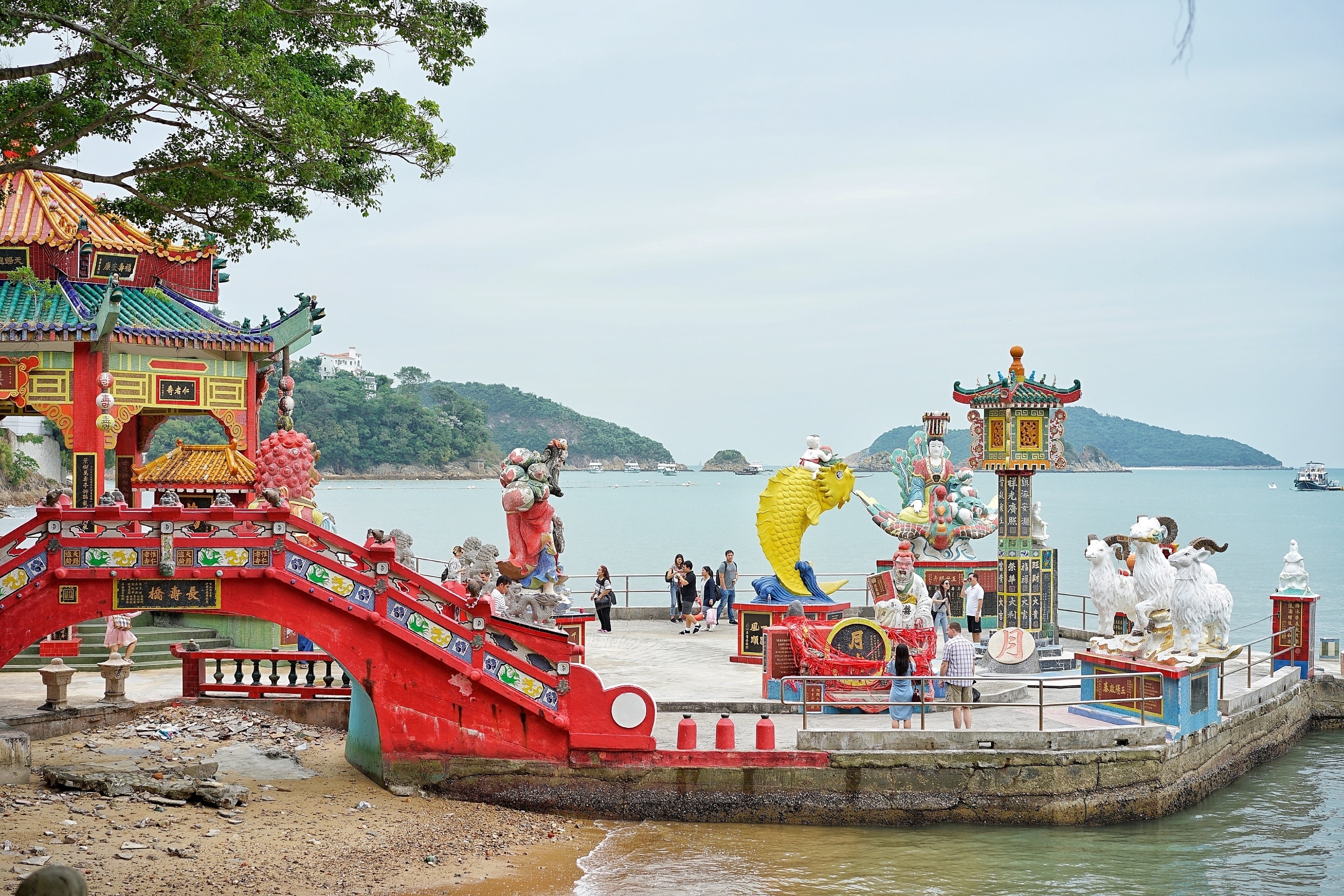
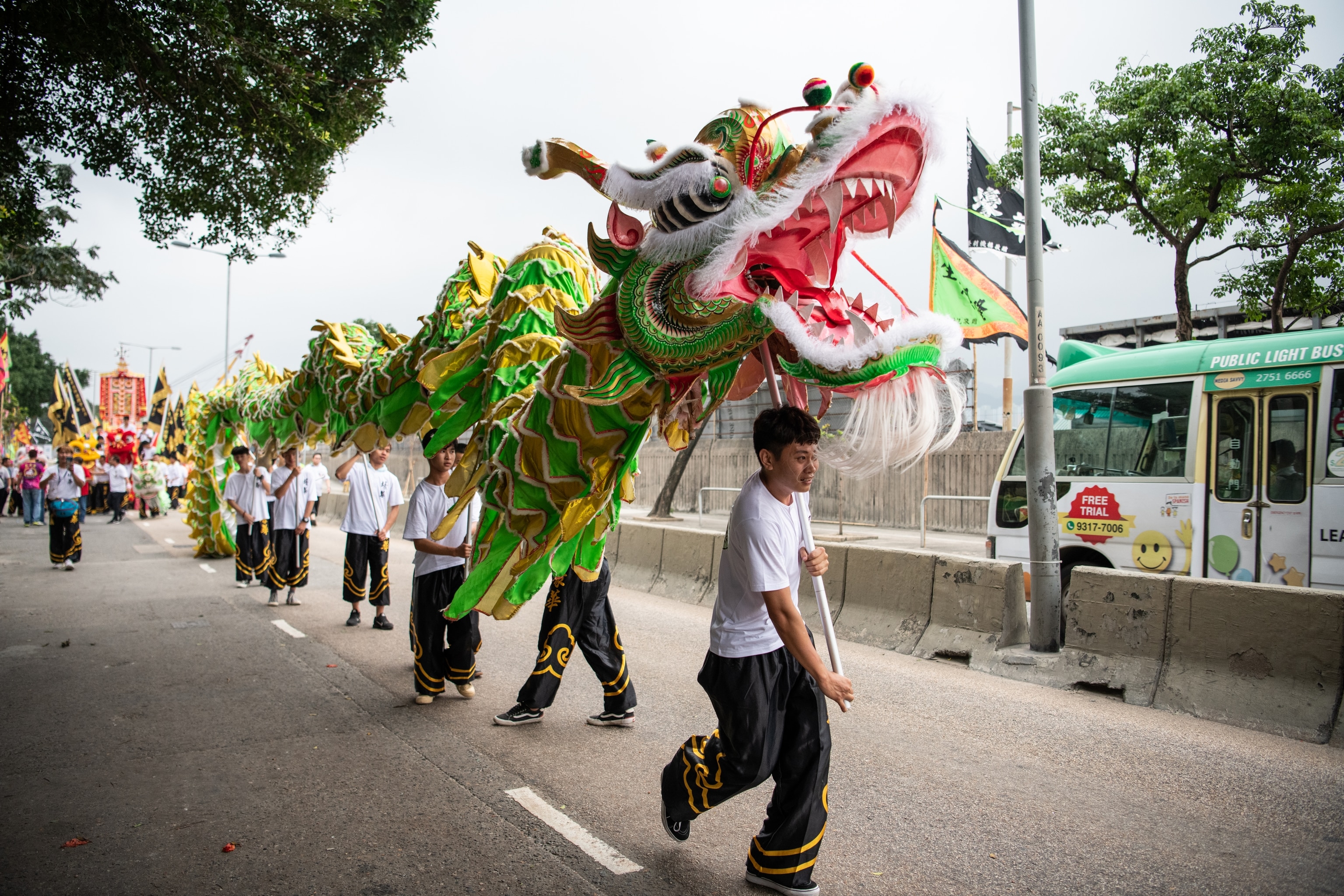

Reliance on the sea for our livelihoods means a keen awareness of its power, unpredictability, and inhabitants. Hong Kong’s oceans are remarkably diverse, with more coral species than the Caribbean and more reef fish species than Hawaii. Finless porpoises and Chinese white dolphins, famous for their rosy hue, call our waters home and are well known to local fishermen, as they often follow fishing boats in the hopes of snagging a snack for themselves. Yet their numbers are dwindling rapidly due to pollution, boat traffic, and never-ending construction: some believe there are only a few dozen of the iconic pink dolphins left in our waters.
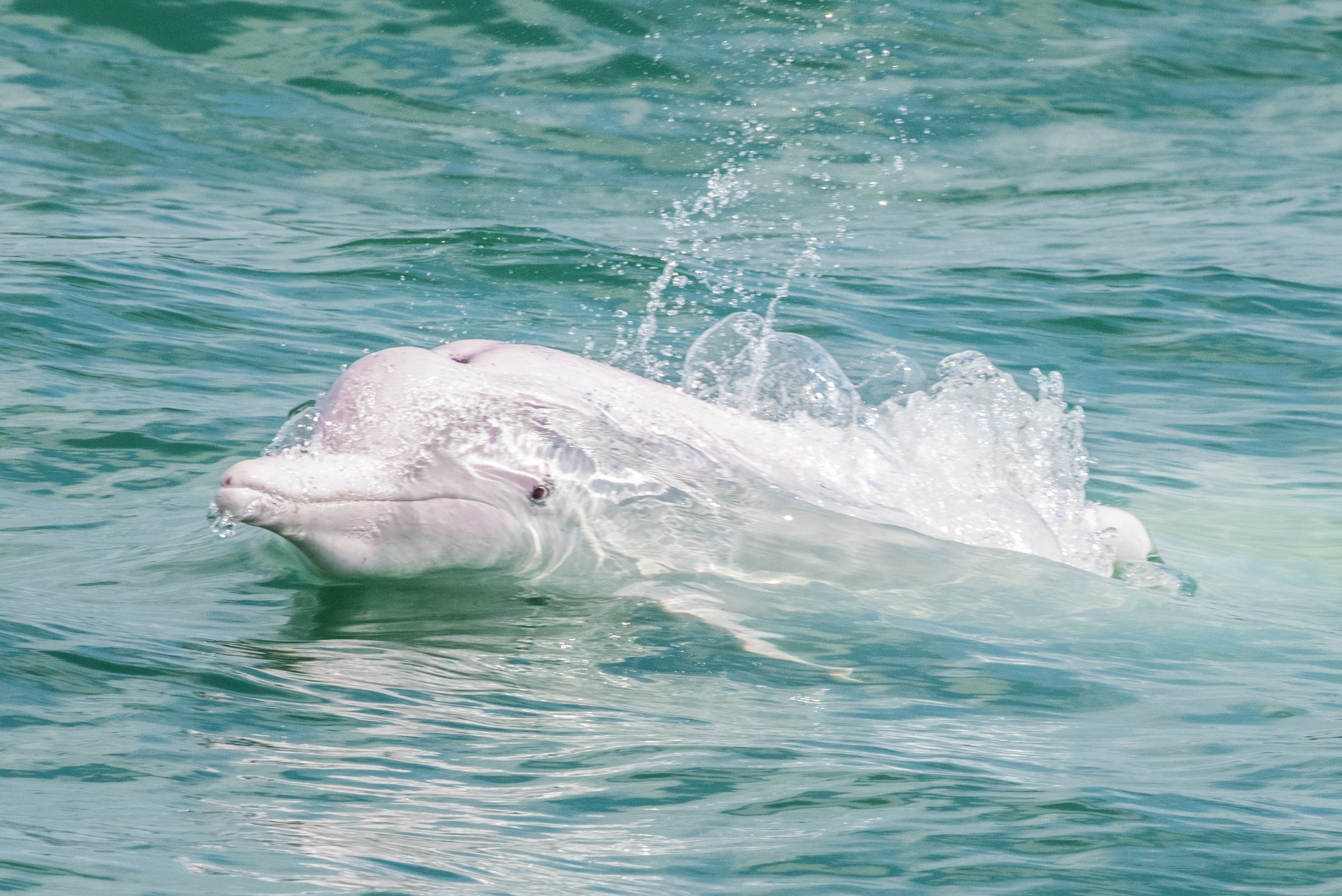
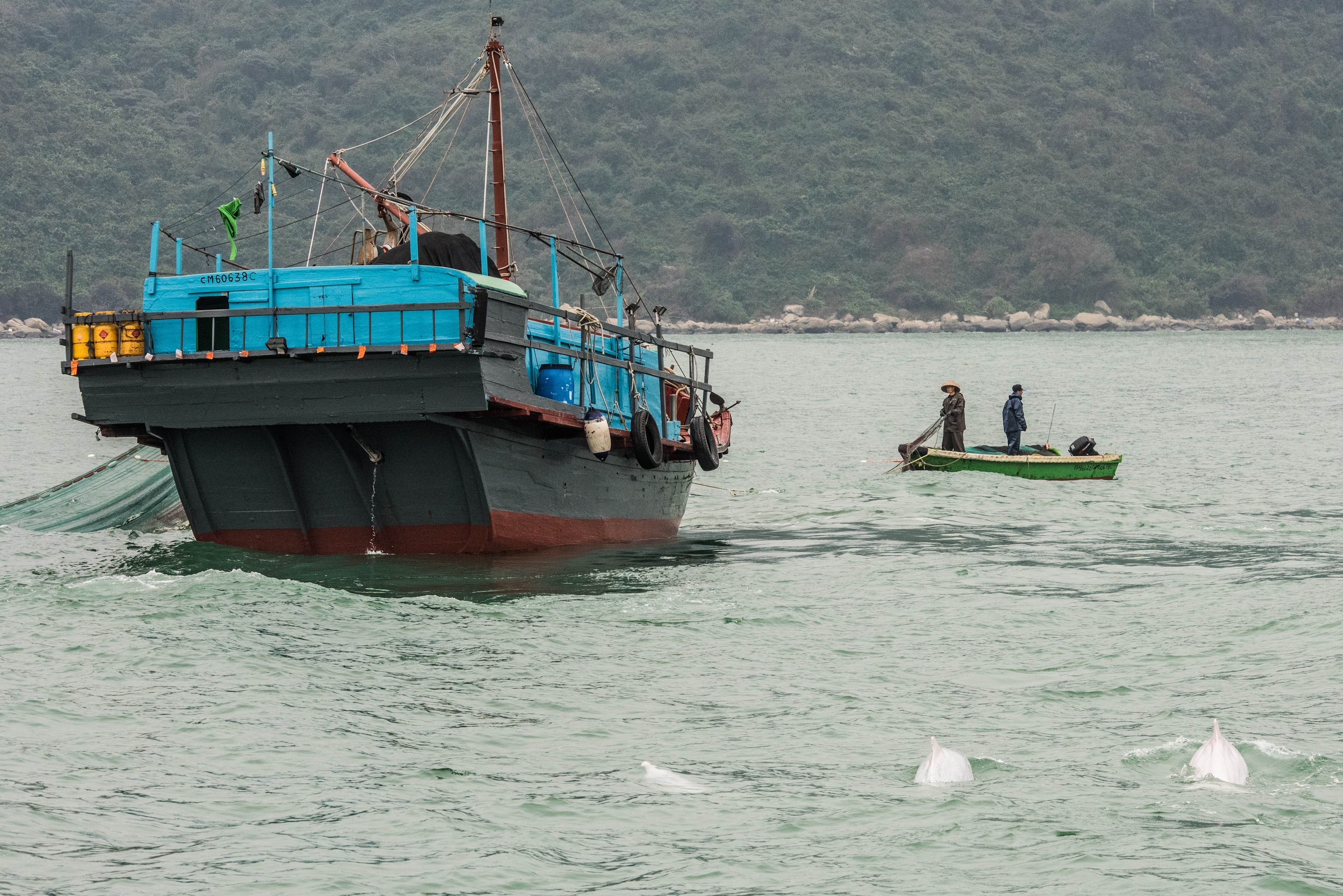
Marine ecosystems are more complex than we may ever understand. However, we do know that healthy, balanced oceans are vital to the survival of not only ourselves, but the various creatures that depend on them – many of which we eat. Fishermen have always formed the backbone of Hong Kong society. After all, we consume the second most seafood per capita out of any place in Asia – more than three times the global average.
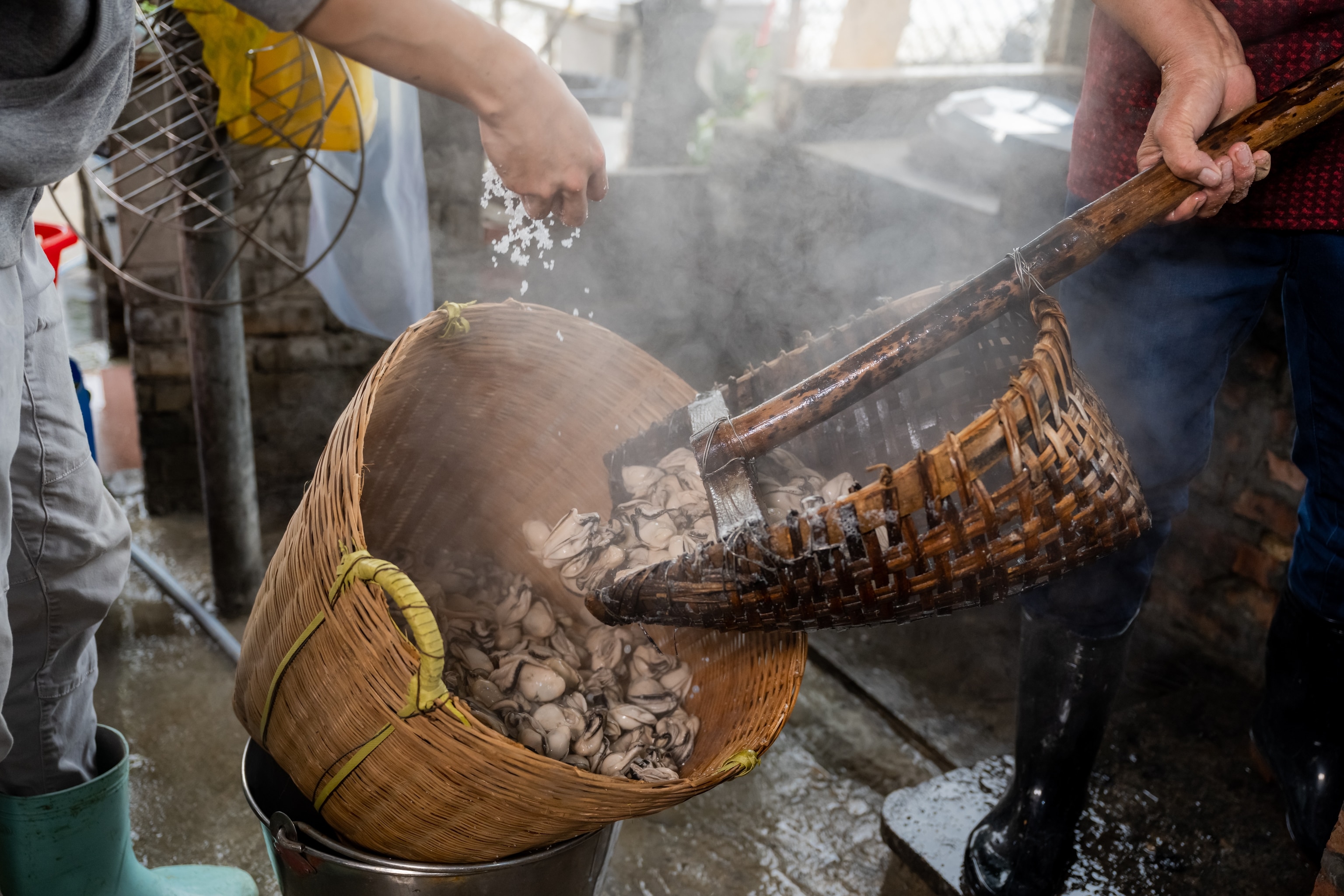
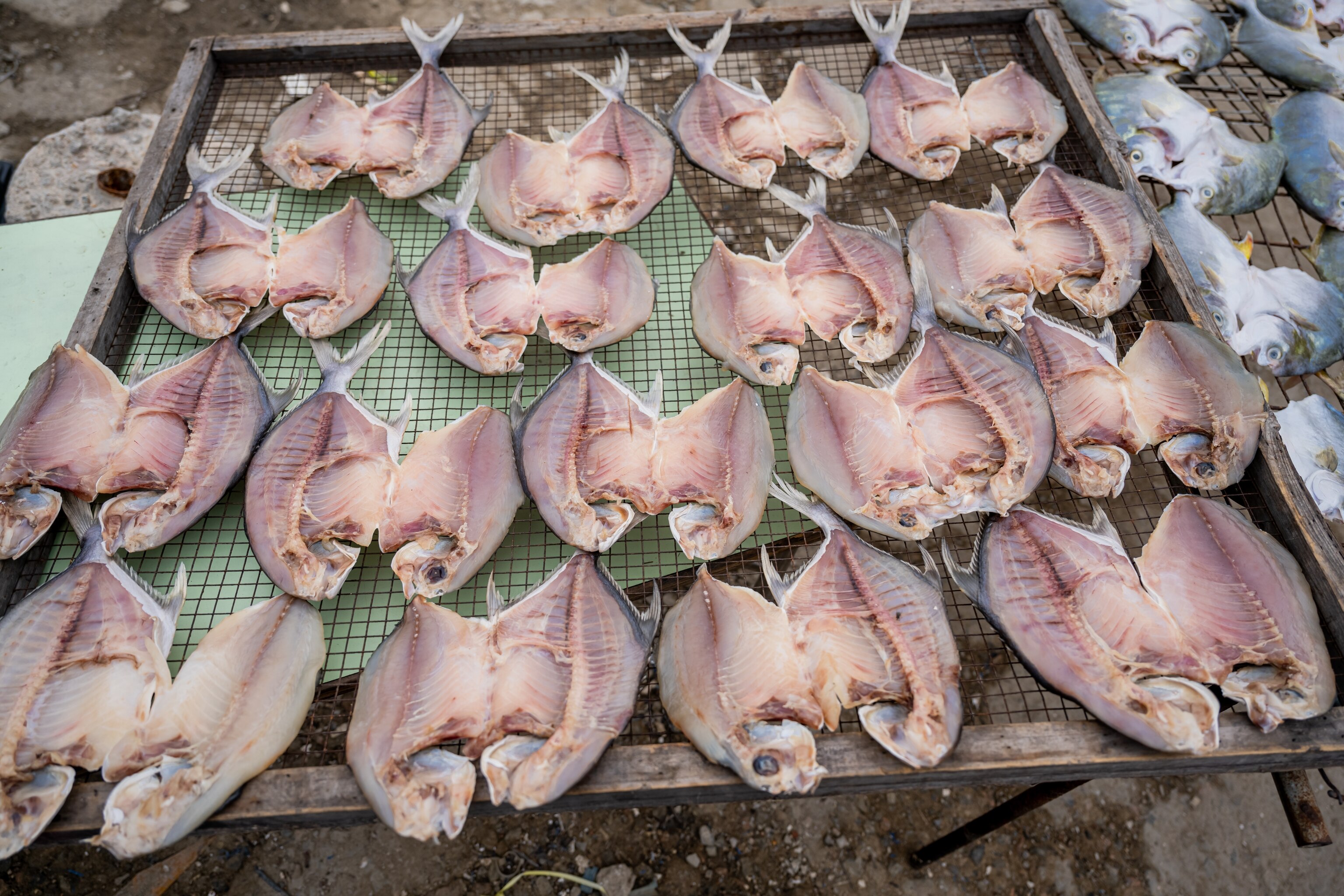
Traditional oyster farmers, whose industry has existed for centuries, also know just how delicate the ocean’s health is: algal blooms in Deep Bay can destroy years’ worth of work in a matter of days. The blooms, also known as red tides, occur naturally but also happen when water contaminated with agricultural fertilizer or sewage runs off of rivers and coastlines into the ocean, leading to an overgrowth of algae. Warming waters due to climate change are also likely to worsen this phenomenon.
It’s not just those who rely on the ocean for their livelihoods who feel a deep connection to the sea. Hong Kong’s coasts and islands have fostered a lively community of sportspeople who spend their leisure time on the water, from wakeboarders, to kitesurfers, and scuba divers. The annual Dragon Boat Festival features races all over Hong Kong, with beating drums, delicious food, and healthy competition making for cheerful, lively events that the whole city looks forward to. And who can forget Hong Kong’s pride and joy, Lee Lai-Shan, the windsurfer who grew up on the modest fishing island of Cheung Chau and ended up winning at the 1996 Atlanta Olympic Games – the city’s first ever Olympic medal.
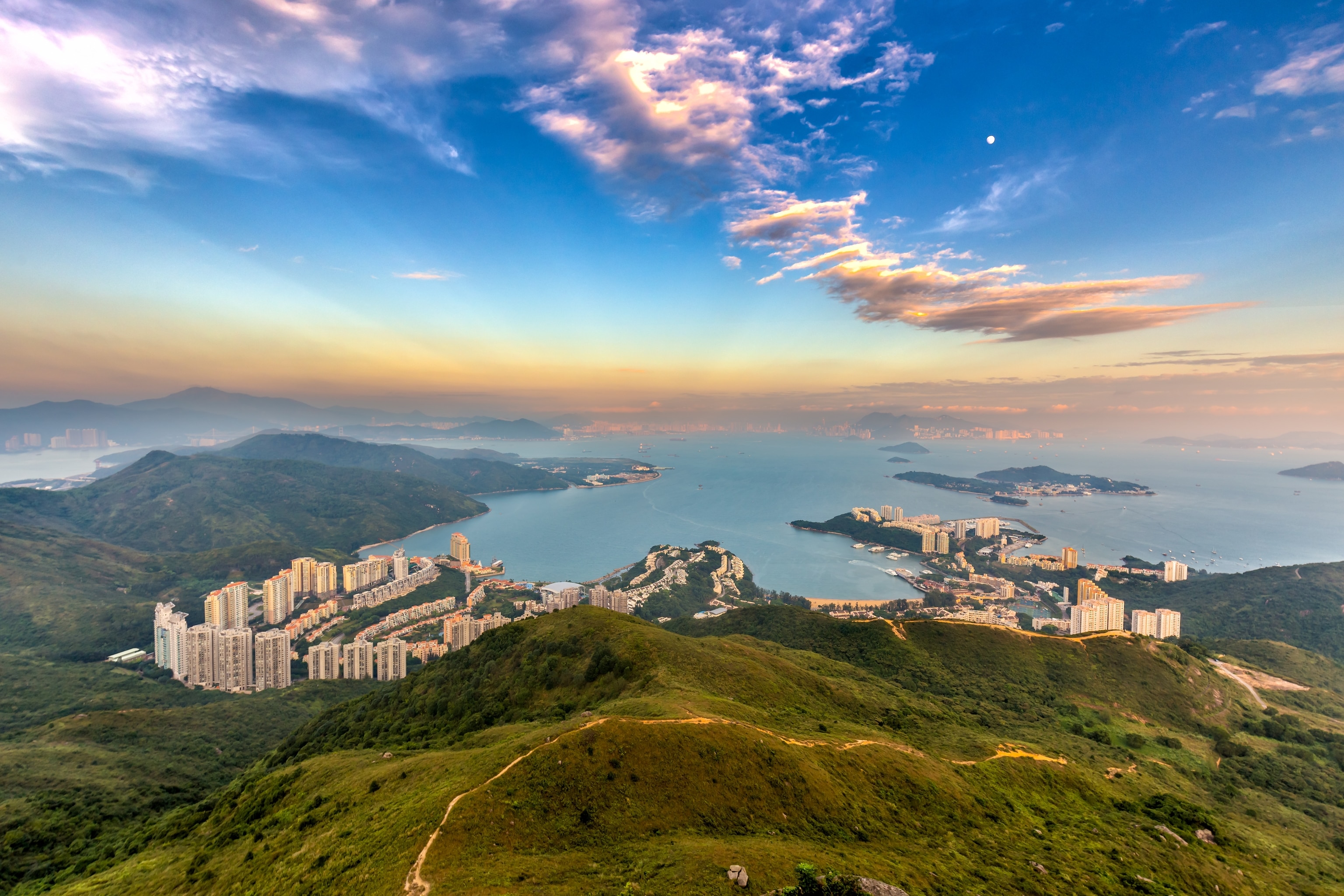
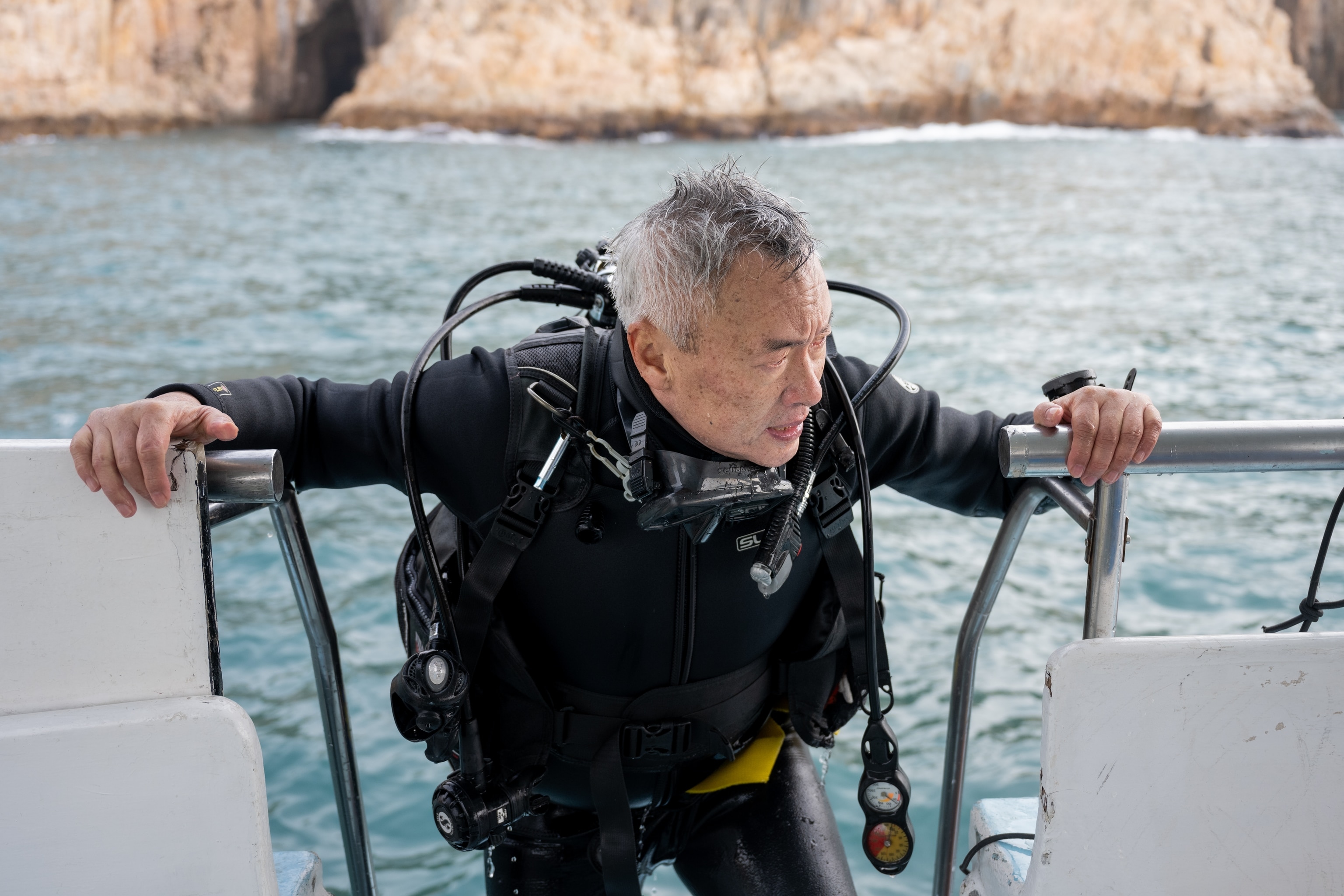
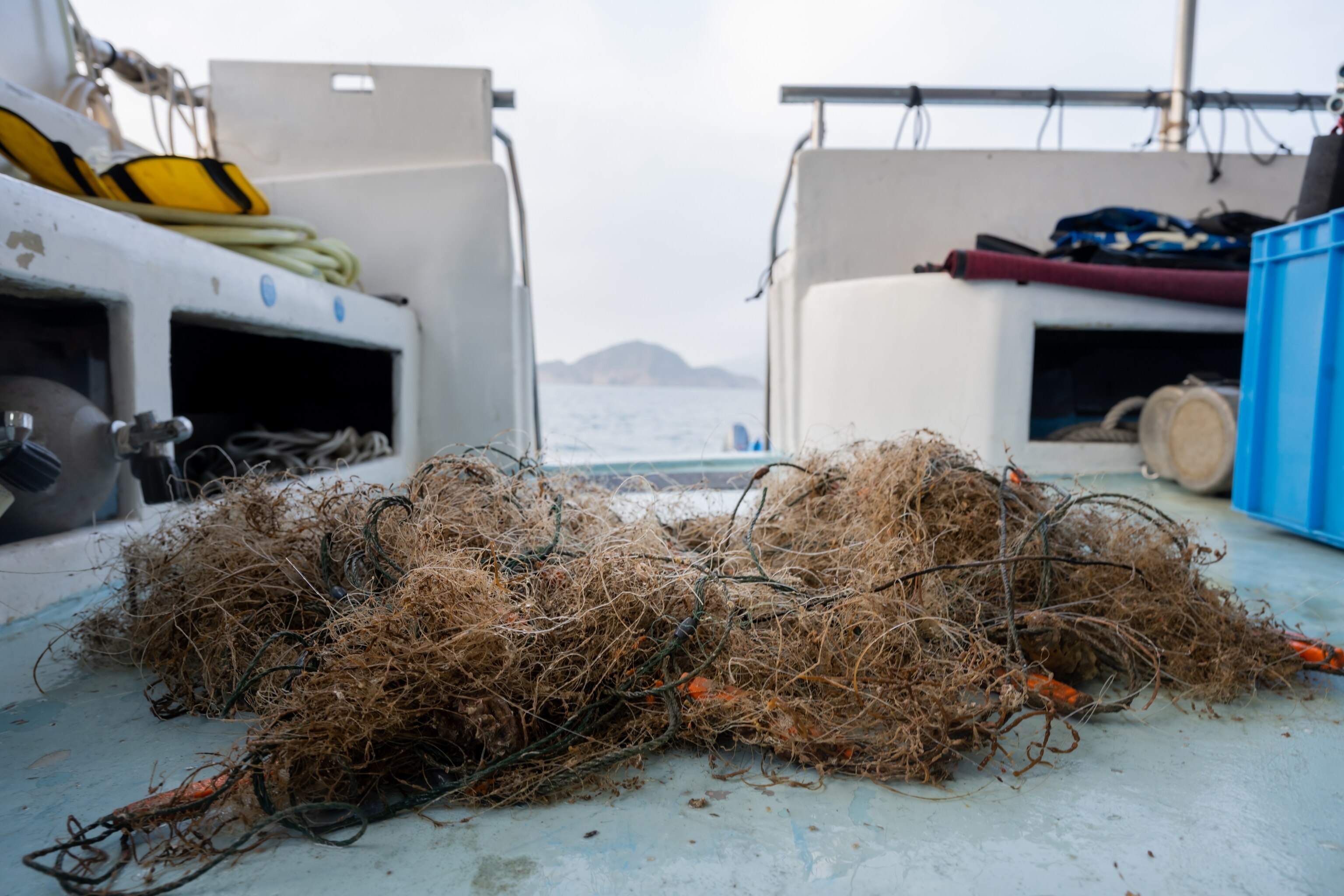
But one doesn’t have to be a fisherperson or an elite athlete to feel how the spirit of the ocean flows through the city’s veins. It only takes a short ride on the iconic Star Ferry, watching the skyline’s lights glitter on the surface of the harbour, or a day trip to explore Peng Chau or Lamma Island, to appreciate just how much the sea has shaped the very soul of Hong Kong. Our love for seafood, our status as a global centre of commerce, our multicultural coexistence, our free spirit: they all come back to the ocean.
But as vast as it is, we can’t take it for granted. There is at least 150 million tonnes of plastic in the world’s oceans, and by 2050, the plastic may outweigh the fish. A staggering 90% of marine fish stocks are either fully or overexploited, with millions of fishing boats working to supply the demand. These trends cannot continue, and they will only reverse if we act and change our behaviour on a daily basis: we must use less plastic, reuse or recycle the plastic we do use, eat less seafood or select sustainable options, and protect our coastlines. Just as the sea has nurtured us, we must take care of it and keep it healthy. Otherwise, we would lose not just a precious ecosystem that allows us to survive, but a part of our very selves.
